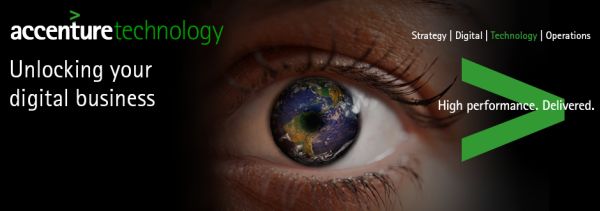In this fast-changing world, companies cannot afford the luxury of a brand positioning that ties them down to a narrow set of features and benefits. What they need is the ability to quickly take advantage of new opportunities when they emerge and shift away from old business models when they are no longer relevant. They need branding to support their need for speed.
To accommodate this business imperative, brand positioning has to offer a broader perspective with fewer constraints. Narrow positioning won’t work for companies that have to reinvent themselves over and over again.
That’s why you see companies taking a broader perspective, associating themselves with higher-order values rather than what-we-do detail. One approach is to talk about brand purpose, a more general and flexible concept that seeks to establish differentiation by identifying the unique benefit that the company brings to the world. This approach doesn’t just work for companies like Patagonia or Ben & Jerry’s —it works for companies like LinkedIn too, which is guided by its true north vision “To create economic opportunity for every member of the global workforce.”
But whether companies choose to focus on their purpose or simply develop a more general brand statement, there’s still a branding gap—the focus and clarity and fact-based differentiation that would be covered by a: “In a market characterized by (consumer need), only (brand) can (meet that need) by (how it meets the need) giving consumers (the benefit)” type statement.
One way to bring back specificity is to inject branding into the products and services that the company offers. By developing a brand architecture where products and services are positioned against tangible features and benefits, companies can bring back brand focus and detail as they talk about how they serve particular market needs.
Even companies fully committed to a single brand model have embraced this approach. Take Accenture, for example. It was, for many years, the most absolute in terms of its focus on a single brand, broking no exceptions, nothing more than descriptors for its many different services and products. This policy kept things very simple. But it also held it back from taking full advantage of new business opportunities outside of the consulting and outsourcing businesses for which it was best known.
Now there has been a tweak to the strategy—its products and services have been allowed to express themselves somewhat. They are not going crazy and launching a portfolio of brands with their own names and logos but, for Accenture, letting its individual businesses have any kind of branding independence represents a big change.

It may not look like much of a change to you—just a different color and a descriptive name connected to Accenture but, even at this modest level, it gives the technology group the chance to separate itself out from the rest of Accenture to talk distinctively about what it does.
Similarly, companies that have had success with one type of service or product may find it helpful or necessary to use brand architecture to help them add or transition to new business opportunities. Example: Company X is known as a services company but now wants to start selling software as a standalone product. Branding this software and give it some distinctive presence may help the sales process because it can be presented with the detachment from the master brand and assessed on its own merits.
Brand architecture used this way is not just providing focus, it’s also helping business agility. To the extent that Accenture was held back from competing in areas outside of what is best known for, or Company X was finding it tough to break into a new market, an architecture that allows some branding independence can help them, and others like them, reach out past their territory constraints.
The Blake Project Can Help: The Brand Architecture Workshop
Branding Strategy Insider is a service of The Blake Project: A strategic brand consultancy specializing in Brand Research, Brand Strategy, Brand Growth and Brand Education




